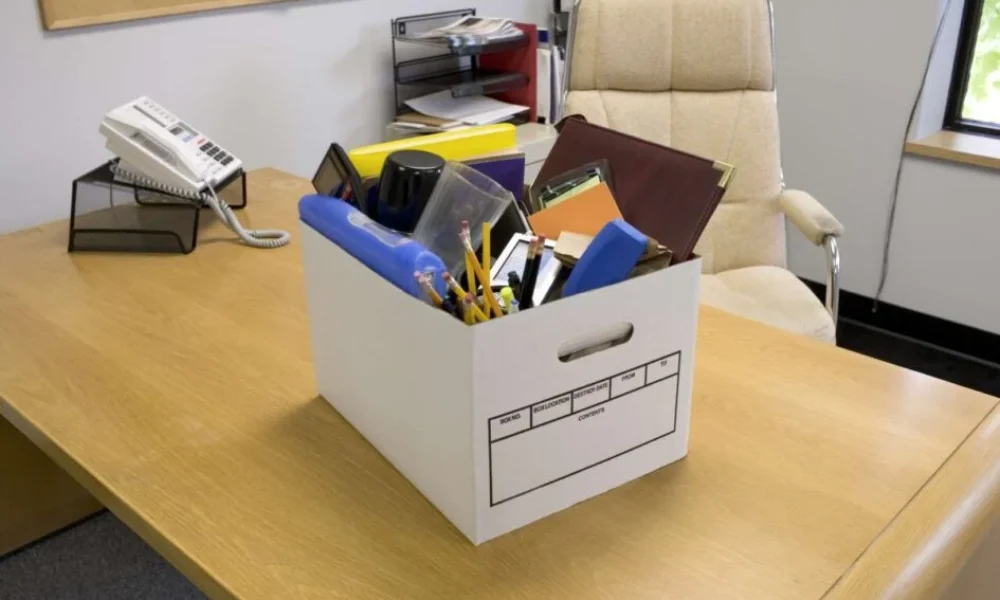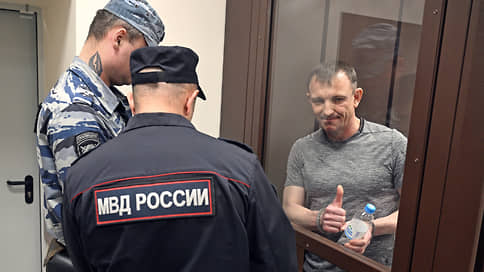Ranger report: Corona fund of 650 billion is not worth repeating
:format(webp)/s3/static.nrc.nl/images/gn4/stripped/data112064321-137f46.jpg)
The Coronaherstelfonds, the money pot with which the European Union made 650 billion euros available to pull the European economy out of the slop during and after the pandemic, is not worth repeating in the current form. That says the European Court of Audit in a new, critical report.
The recovery fund has often been discussed in recent months. The design of the fund, where European countries only receive money from Brussels when they reform their economy, is explicitly mentioned as a source of inspiration for a renovation of the new EU budget.
But according to the Court of Audit, the EU financial watchdog, it is now far too difficult to thoroughly check whether the coronageld is well spent. Rules have been set for this, but according to the researchers, those rules hardly measure the effectiveness of the projects that are financed with the money. Moreover, in many cases the transparency is inadequate and money that is incorrectly spent cannot be reclaimed.
« The EU policy makers must draw lessons from (the Coronaherstelfonds), » said Court of Audit Ivana Maletic. « They should not allow such instruments in the future unless they first have information about the actual costs and the final recipients. They must also have a clear answer to the question of what the citizens actually get for their money. »
Unique design
The Coronaherstelfonds is unique because of its design, size and financing for European standards. In the first Coronazomer, the EU countries agreed on the joint rigging of this fund. The fund contains 359 billion euros in subsidies (gifts) and for 291 billion euros in cheap loans.
The Court of Audit says that the Corona Fund « played a crucial role » in the economic recovery of the pandemic, but is extremely critical of implementation. Unlike other European payments, the projects in the recovery fund are not financed on the basis of the receipts, but on the basis of agreed ‘milestones’ and ‘aim goals’. That makes control, the Court of Audit thinks.
These goals and milestones vary enormously per project and per country. It is often laid down where the money should go – for example, the number of railway kilometers constructed or the amount of attracted staff for a project – but not what the result of such a project is.
Because the committee can only reclaim money in the event of fraud, there is a possibility that money is paid while a project does not live up to expectations, or is not even completed.
There is a chance that money will be paid for projects that have not been completed
Another problem is the financing. To finance the fund, the European Commission entered the capital market to borrow money on a large scale, with the European budget as collateral – a step that the Netherlands only accepted after long negotiations.
The committee not only benefited from the attractiveness of its bonds, but also from the historically low interest rates. Because the interest rates have since risen sharply worldwide, it could be that the interest rate will soon be twice as high as originally estimated.
With future loans, the committee should pay more attention to the risk of rising interest rates, according to the Court of Audit. That advice is relevant, now that the EU is again about to borrow collective money to finance a defensive fund of 150 billion euros.
Read also
Also read: ‘Historical’ European Restelfonds appears to be LOG and sometimes Kafkaësk instrument in practice

:format(jpeg):fill(f8f8f8,true)/s3/static.nrc.nl/bvhw/wp-content/blogs.dir/114/files/2022/07/huiskamp1280x768.png)
/s3/static.nrc.nl/images/gn4/stripped/data131850906-679522.jpg|https://images.nrc.nl/WzhB2OAYrT4ssaolXa330F3pCCE=/1920x/filters:no_upscale()/s3/static.nrc.nl/images/gn4/stripped/data131850906-679522.jpg|https://images.nrc.nl/SBJihBgsyKTMkBd66tzt0mOonpY=/5760x/filters:no_upscale()/s3/static.nrc.nl/images/gn4/stripped/data131850906-679522.jpg)





